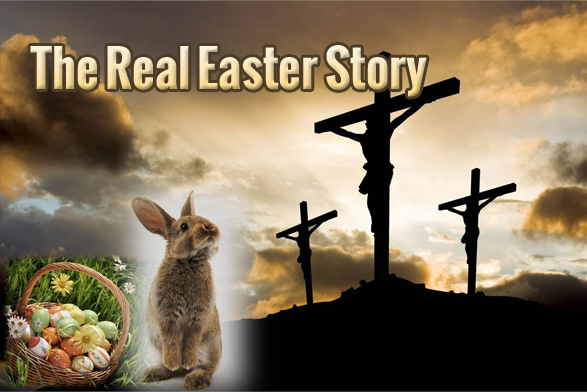How to Read the Bible
Five types of Bible Literature:
1. Historical Narrative, or stories… (Genesis through Esther, the four Gospels and Acts)
2. Wisdom,or poetry… (Job, Psalms, Proverbs, Ecclesiastes and Song of Solomon)
3. Didactic,or coaching/learning… New Testament epistles (Romans through Jude)
4. Prophetic… Five major (Isaiah through Daniel) and twelve minor (Hosea through Malachi)
5. Apocalyptic… part of Daniel, part of Ezekiel and all ofRevelation
Historical Narrative:
1. Two things are happening:
a) Events are being recorded
b) There is commentary on those events (see Genesis 15:1-6)
2. Two things to ask ourselves:
a) Why is this story recorded?
b) Why are these details recorded?
3. Two things we learn from this:
a) We learn what the author really meant… (Authorial comment)
b) We learn how the people responded;either good or bad
4. Two things to look for:
a) Authorial comment
b) Repetition… (seeJoshua 1:6,7,9,18 “Be strong and courageous”)
(Continued nextpage)
How to Read the Bible
Historical Narrative(continued):
5. Remember these things:
a) We’re not always told at the end of the narrative whether what happened was good or bad. We are expected to be able to judge that on the basis of what God has taught us directly and categorically elsewhere in the Bible.
b) All narratives are selective and incomplete. Not all the relevant details are always given. What does appear in the narrative is everything that the inspired author thought was important for us to know.
c) Narratives are not written to answer all of our theological questions. They have particular, specific,limited purposes and deal with certain issues; leaving others to be dealt with elsewhere in Scripture, in other ways.
d) In the final analysis, God is the hero of all biblical narrative.
6. Three cautions:
a) Be careful not to over analyze a story. An example: in Genesis 15, don’t go into all of the ramifications of what a ‘shield’ is or does… The main point of the story is in verse 6. A ‘shield’ will be more fully defined in other Scriptures.
b) In reading a biography of a person, be careful not to isolate one part of their life and read into it what is really not there.
An example: in Luke 6:24-26, this doesn’t mean that ‘rich people’ cannot be comforted by God. Remember, individual stories are part of a bigger narrative. In the case of Jesus’ life in the gospels, reading many stories about Him will give you a good idea of what He is like, instead of just concentrating on one or two stories – “trying to discover what they’re really saying”.
c) You will not fully understandall the stories in the Bible… and that’s okay.
(Continued nextpage)
How to Read the Bible
Historical Narrative(continued):
7. This week, try reading a few chapters inGenesis and / or Luke (see ‘Application’ handout)
8. This week, using the ‘Examples of Narrative, Poetry and Epilogue in Scripture’, follow the Scripture references to see examples of these writing styles and how they tell the story…
9. Thisweek, use the ‘Patterns inHistorical Narrative and Poetry’ to guide you in understanding how a story is told in Scripture…
We recommend the book: How to Read the Bible for All It’sWorth
byGordon Fee and Douglas Stuart; published by Zondervan






